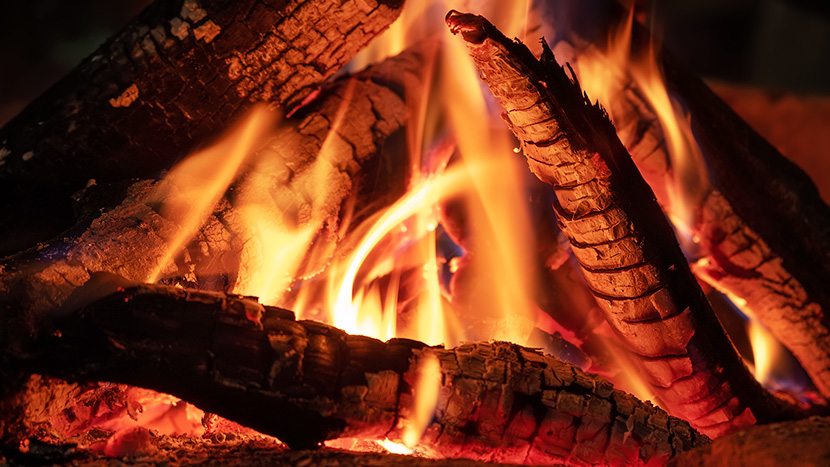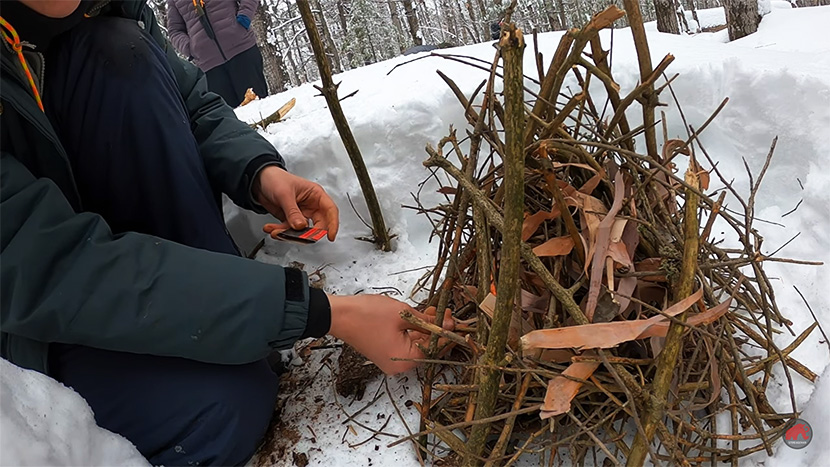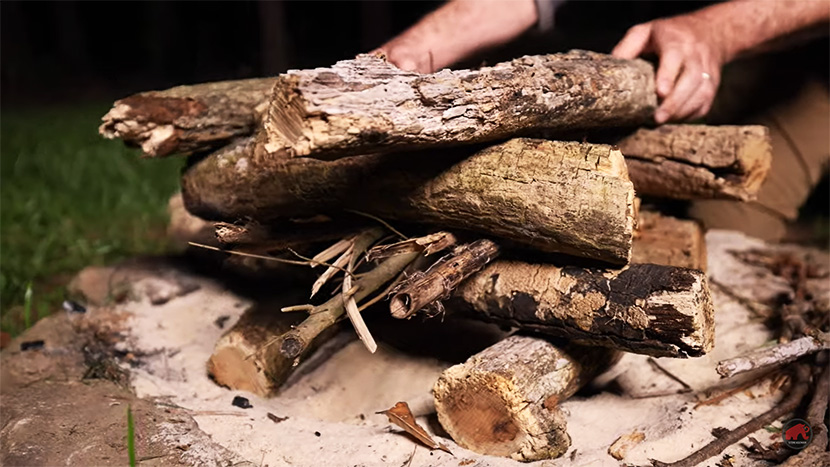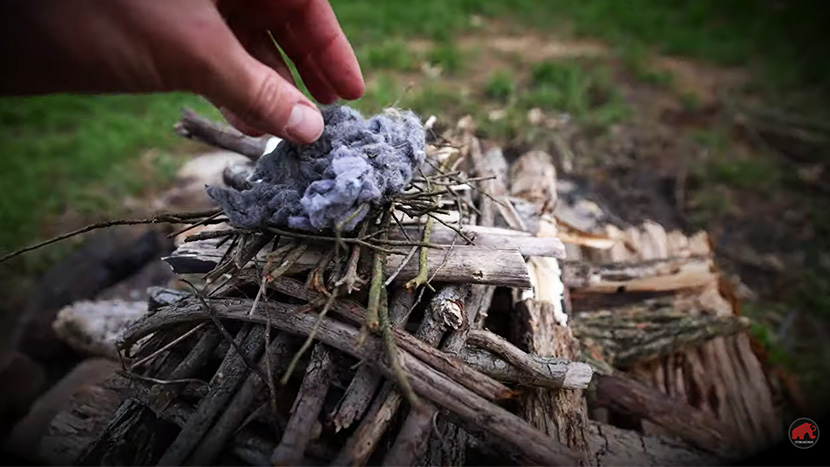How To Build a Fire
At the very beginning of human history, there was fire. Fire kept us warm, helped us cook food, and most importantly, scared away dangers in the dark. Really, without the use of fire, we would not be what we are today. Now, it is rare that you will need to light a fire to help you survive, but it is not impossible. In fact, building a fire and lighting a fire is one of the most important survival skills that you can learn. Besides that, if you just enjoy camping and hiking, it is nice to be able to build a good fire, quickly, that is going to last as long as you need it to. So, how do you build a fire?
Responsible Fire Use
A quick note on lighting fires before we start the tutorial: make sure you are being responsible when building and lighting fires so you do not start a wildfire by mistake. Make sure that you clear the area of dry things, that there are no trees above you, and that you pay attention to fire bans in your area. Last, make sure you put your fires out when you go to sleep in a tent or cabin, or leave the area.

What You Need To Get Started
Now, nothing is going to be better than the hands-on experience of practicing fire making (in a good place where it is safe to do so) but understanding the basics can give you a head start. The key elements you need to get started are:
- An ignition source – matches, lighter, flint, etc.
- Tinder
- Kindling
- Fuel
Now, the most important part of building a fire is the step that happens before you start: the prep work. Preparing and gathering your material to build fire is the key part to a good fire and is most of the work.
Taking the extra time here will save you a lot of work in the end, and is really important in a survival situation where 1) you may not have much ignition source (maybe only a few matches) and 2) you do not want to be moving around looking for more wood once it is dark. You need to both take time to gather enough wood, as well as take the time to find the driest material possible.
A good rule that we always teach at survival camp is the 10 minute rule. The ten minute rule means that whenever you think you have finished a task (for example you think you have enough wood) spend about 10 more minutes doing the task (collecting more wood).
Once you have lots of dry fuel, you can get started. So, what fuel do you need?
Tinder
What is tinder? It is the really small and dry material that will light super easily and burn long enough for your kindling to catch fire.
Though having enough nice big logs might seem like the priority, having good tinder is even more crucial. This is really important (especially if you have just one match or limited fire). Unfortunately, you can’t light a big log with just a match, likely not even with a lighter, you need tinder.
Good tinder just needs to be very dry, with lots of surface area (fluffy materials are normally good), small, and easy to light.
These can all be used as tinder:
- Cotton balls covered with vaseline
- Dryer Lint
- Jute – a plant based twine that you can buy
- Plastics in shoe laces and paracord (in a survival situation, don’t burn plastic if you don’t have to)
- Dry grass
- Dry leaves
- Dry pine needles
- Dry tree bark
- Broken up parts of a decomposing tree (if it’s not still wet)
- Very small dry branches
- Very small pieces of wood shaved off of bigger logs
Kindling
Kindling is the smaller sticks that will catch fire soon after your tinder. Simply collect branches and smaller sticks that are dry and will burn long enough to get the bigger fuel going.
Fuel
Fuel is anything that is a larger log and will take time to light. You want to also find the driest fuel possible. Once you get your fire going, you can also place any moist logs close to the fire so that they start to dry out before you add them in.

Types of Fire Building
There are three main methods for how to build a fire:
- Teepee
- Log cabin
- Pyramid
The first two will have really similar results, while the last one if more for building a slower-burning fire for cooking. Let’s get into the details so you can understand why.
Teepee Fire
This method of fire building is great because since heat travels upwards, the fire will crawl up your teepee and light more of the kindling.
If you are in winter or a wet area you should create a base of dry material, then place your tinder in the middle, followed by stacking up kindling to larger material on the edges in a “teepee” shape. Make sure there is some space for air to get through and that you have space to reach in and light your tinder in the center. See the photo above for an example!
Log Cabin Fire
This fire is built just how it sounds. Place some big logs on the bottom like you are building a log cabin, then integrate layers of kindling with layers of fuel. You will place your tinder in the bottom and light it up. Again, if the ground is wet it is best to have a dry base. This build allows lots of oxygen to get in between the layers of wood and allow the kindling to light and travel to the fuel logs.

Pyramid Fire
This is sometimes called an “upside fire” and is more often used when you need a slower burning fire that is great for cooking. As you can imagine, you build this fire backwards. You can put big chunky logs, (they can even be mossy and a bit damp), then you build up to your smaller materials. You then light your tinder and let it burn downwards. This fire can be tough in a windy environment and is not ideal for survival, but is a handy method when you want a low maintenance fire to do some cooking on.

All in All
Building a good fire is one of the best survival skills you can acquire. It is important to be responsible when lighting a fire as well as to take your time setting up and gathering enough material. Once you have gathered plenty of good, dry materials, take the time to build your fire in one of the methods and watch the magic happen!
Watch the tutorial:

